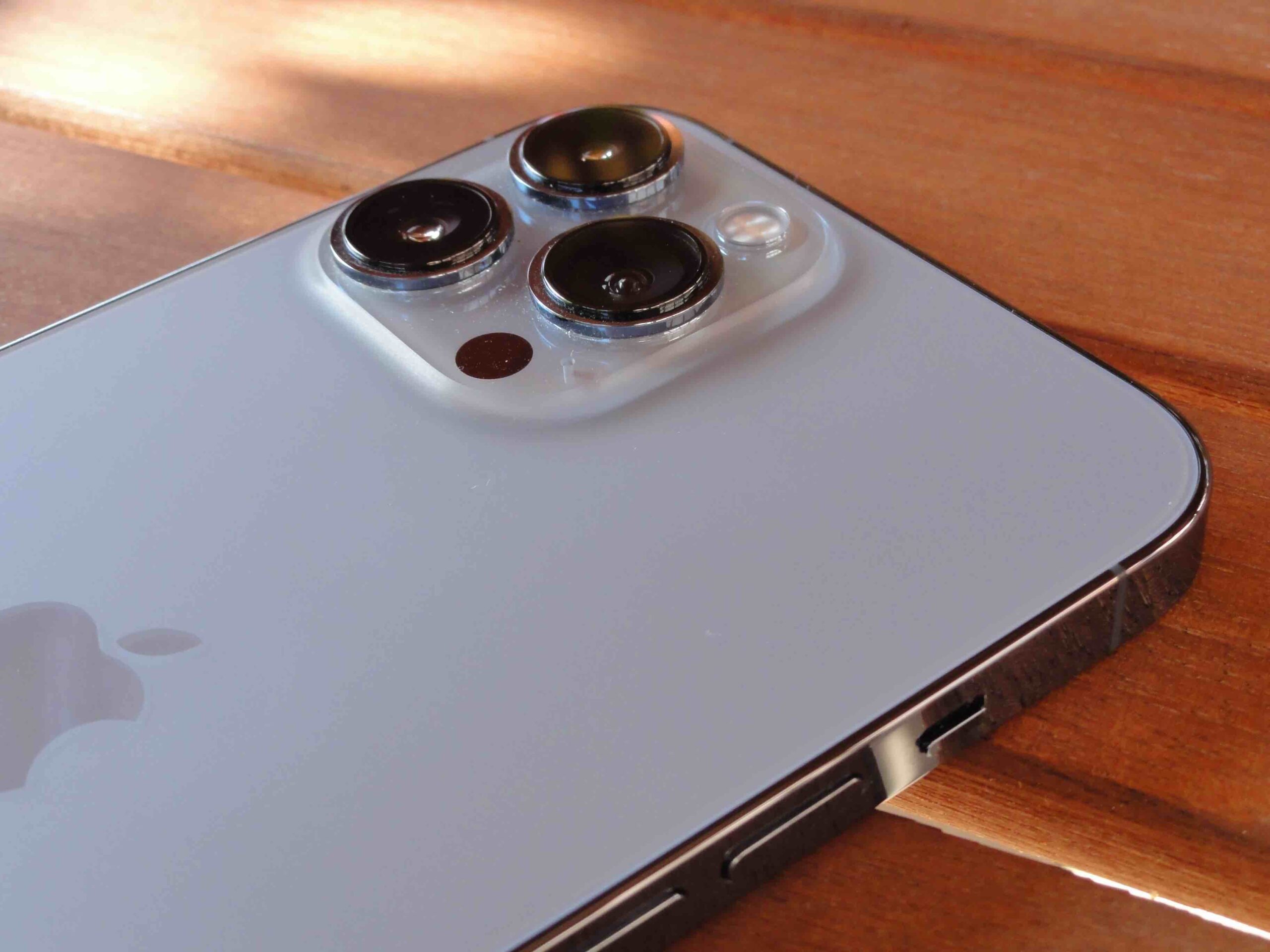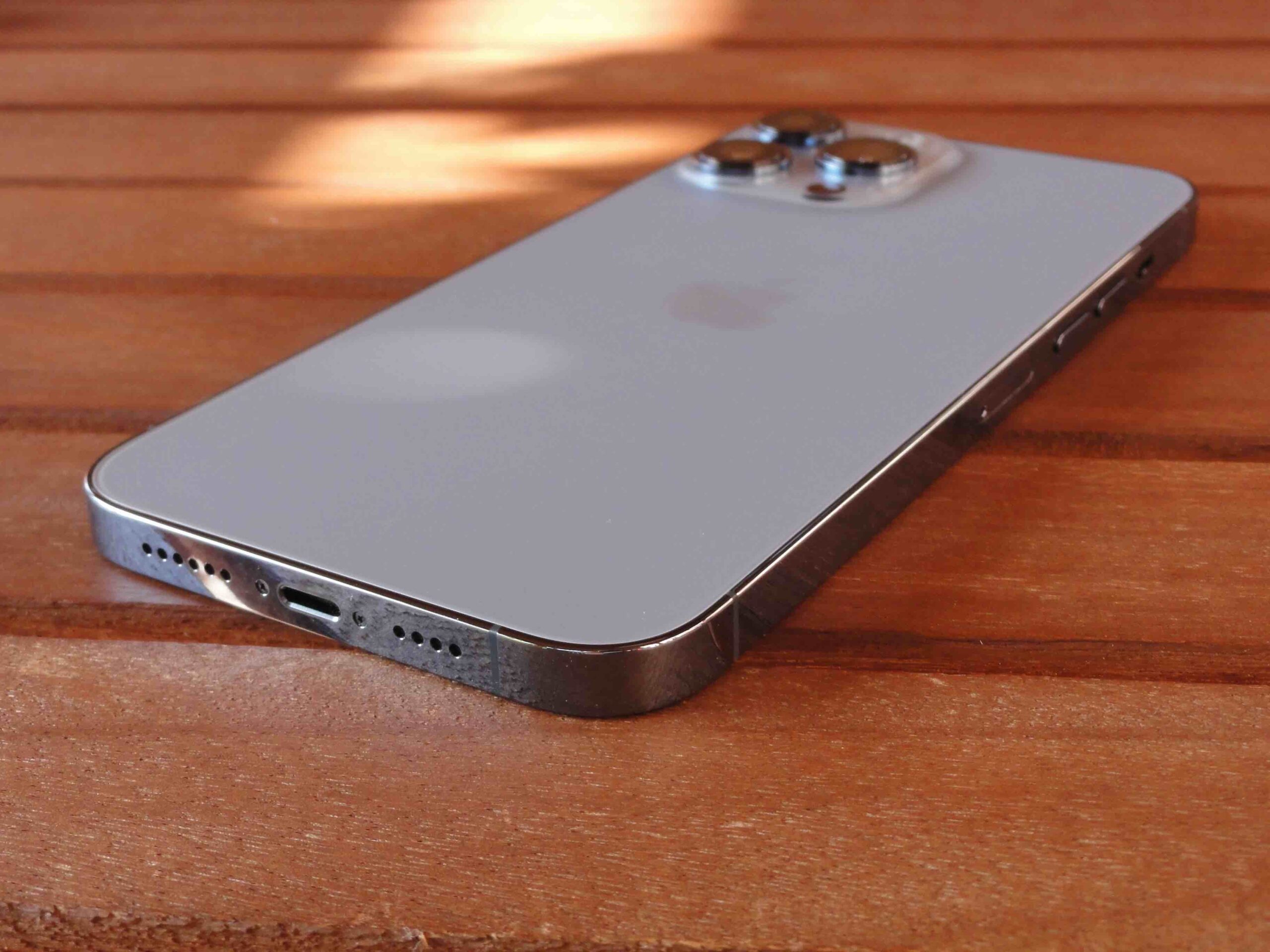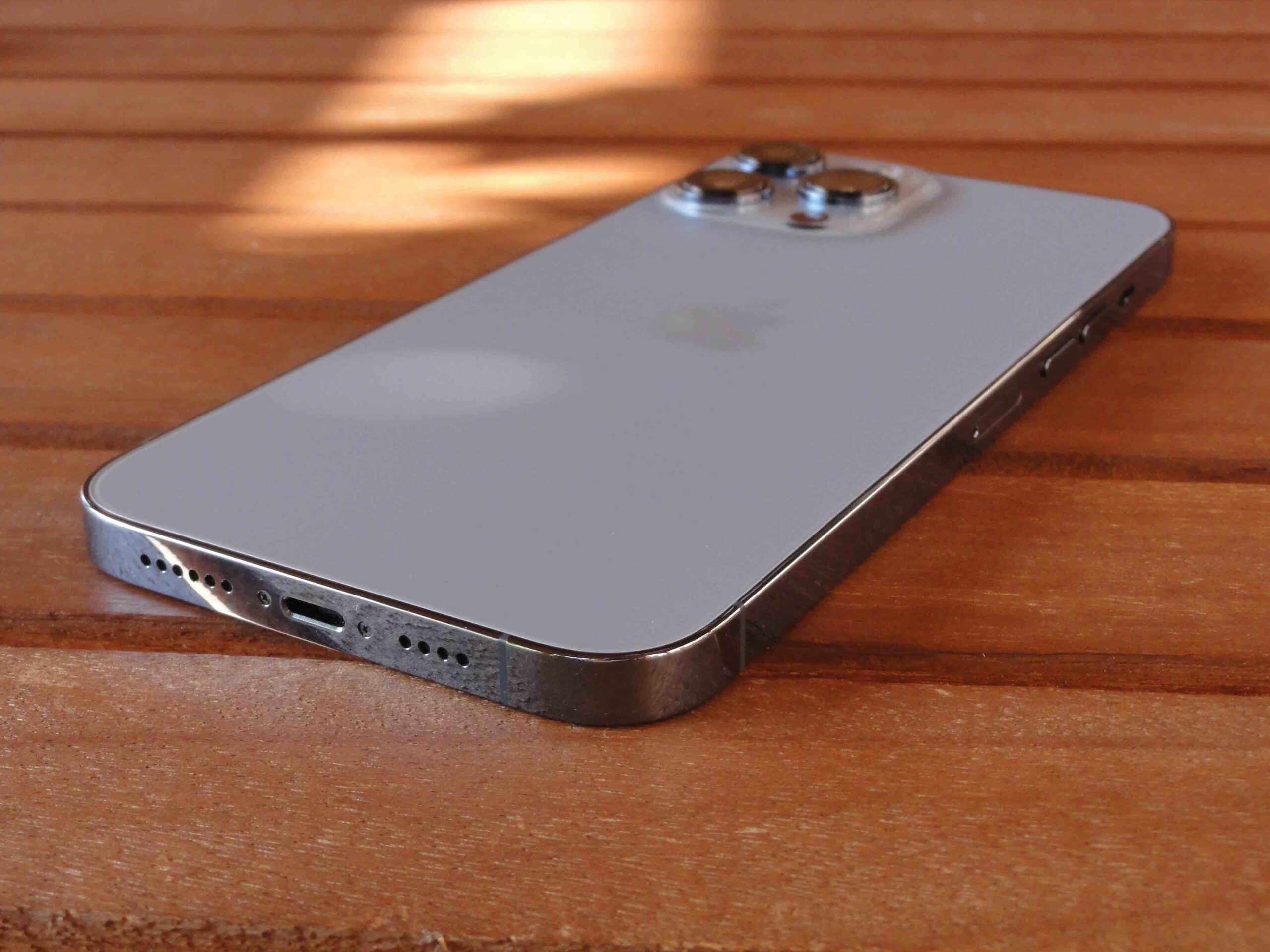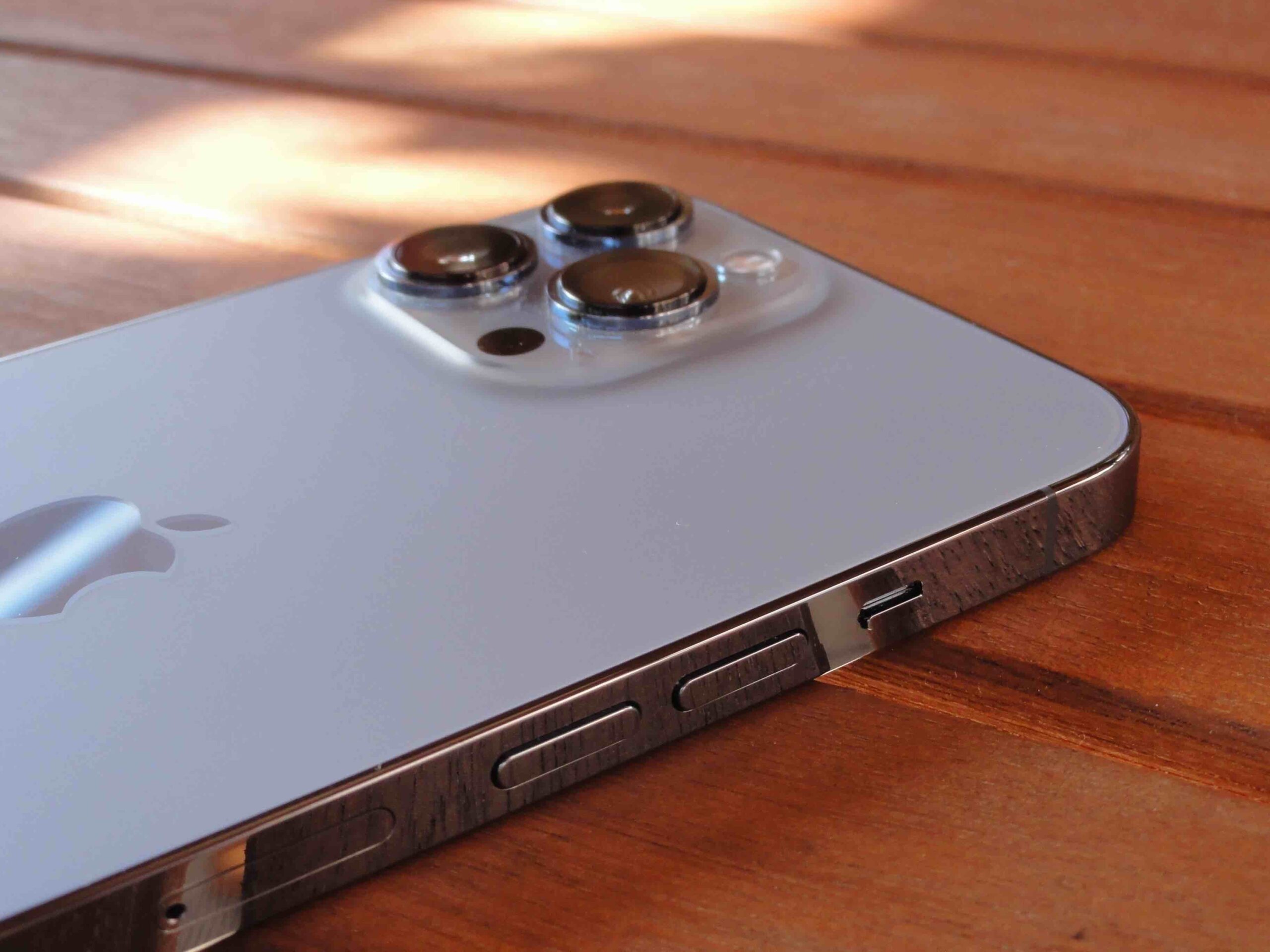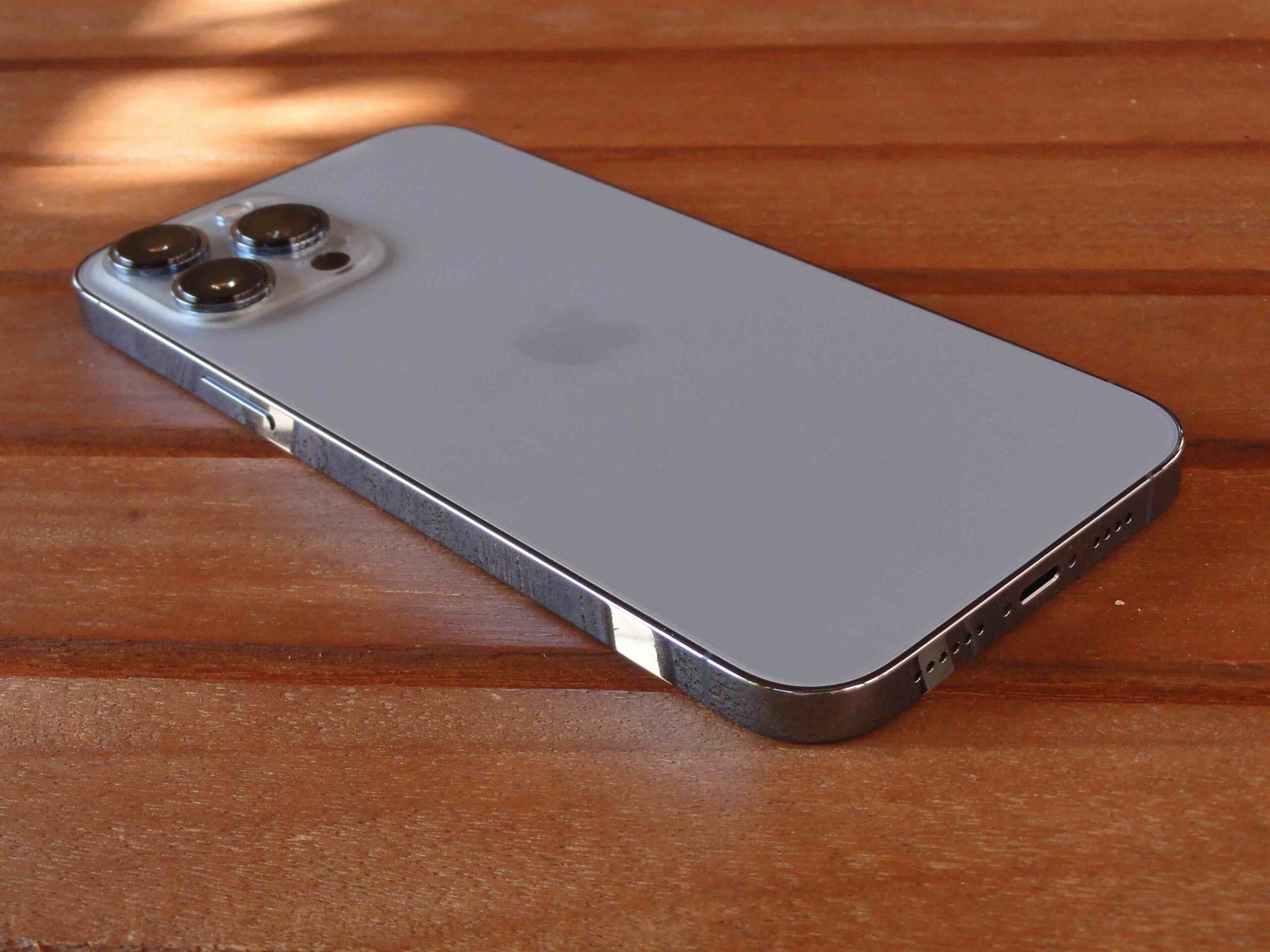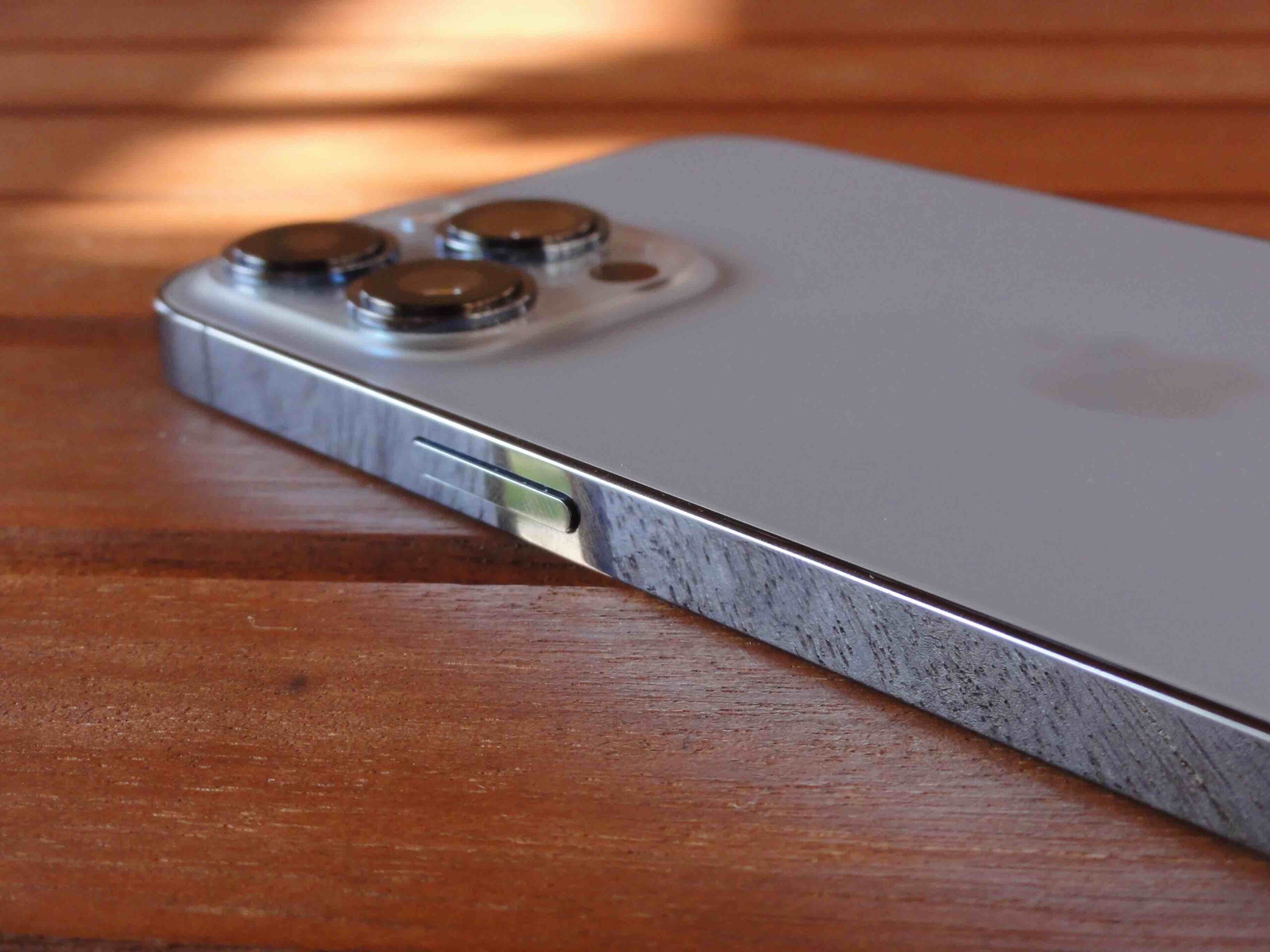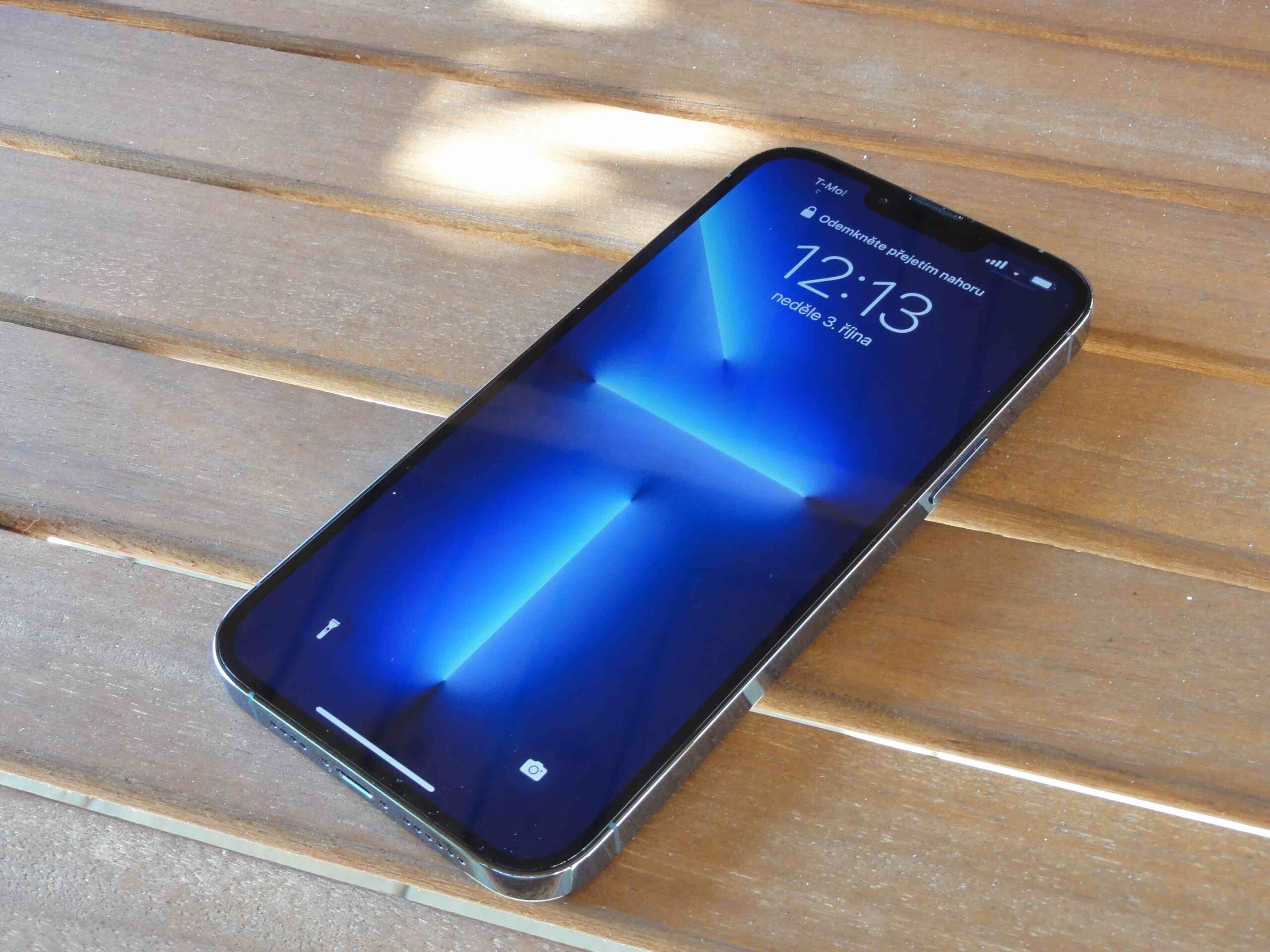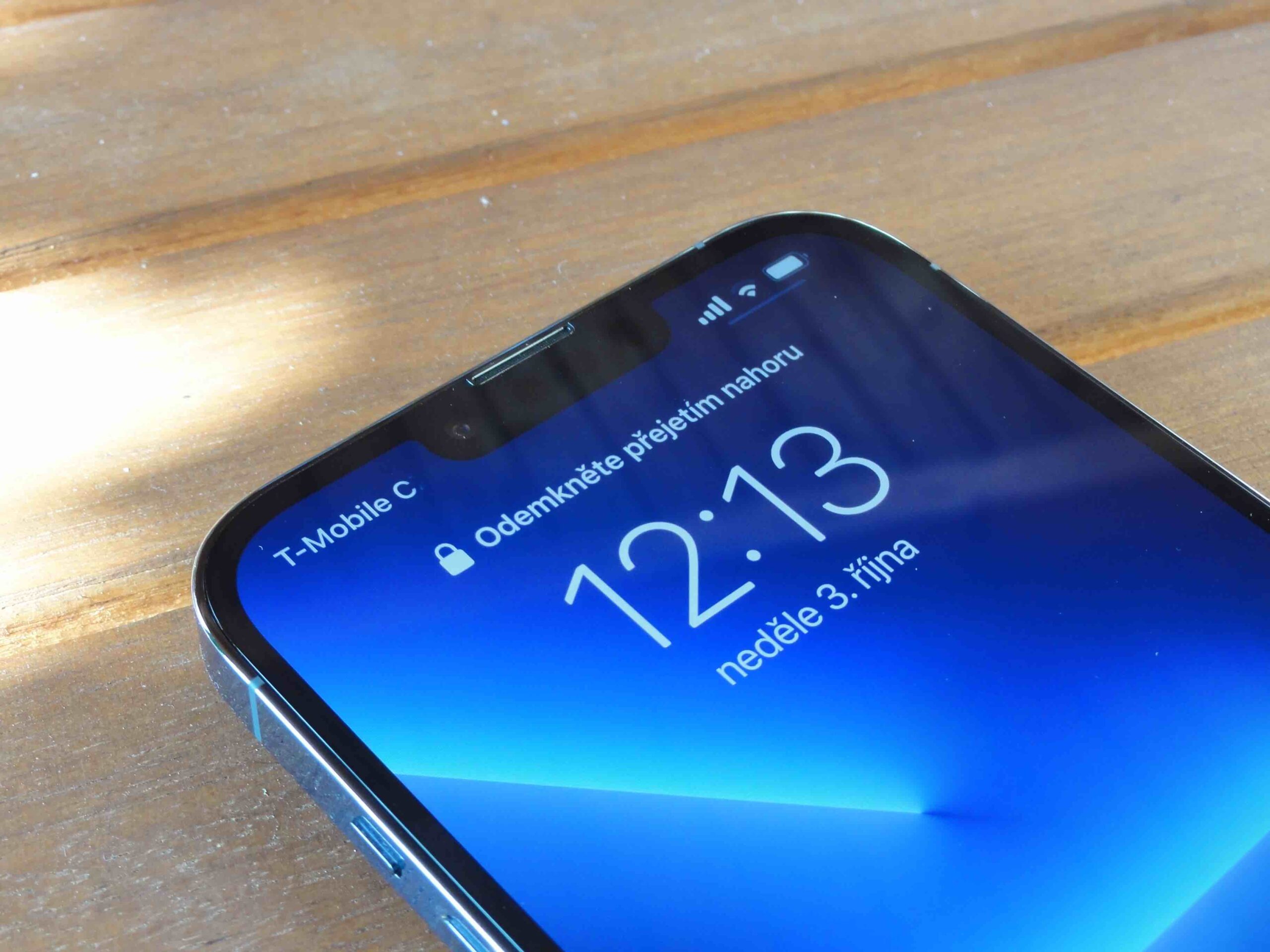Smartphones have replaced many single-purpose devices. Nowadays, we only meet some music players at a minimum, at their expense sales of compact cameras, voice recorders, smart calculators and much more fall. But where are today's smartphones still going?
The saturation of the market, COVID, the geopolitical situation, the growth of the prices of materials, production costs, and of the devices themselves can then be the reason why users do not change their devices as often as their manufacturers would like. In addition, delivery times for high-end devices keep getting longer, and customers are no longer interested in waiting for them. A lack of innovation can also play a role (you can read more in the article below).
It could be interest you
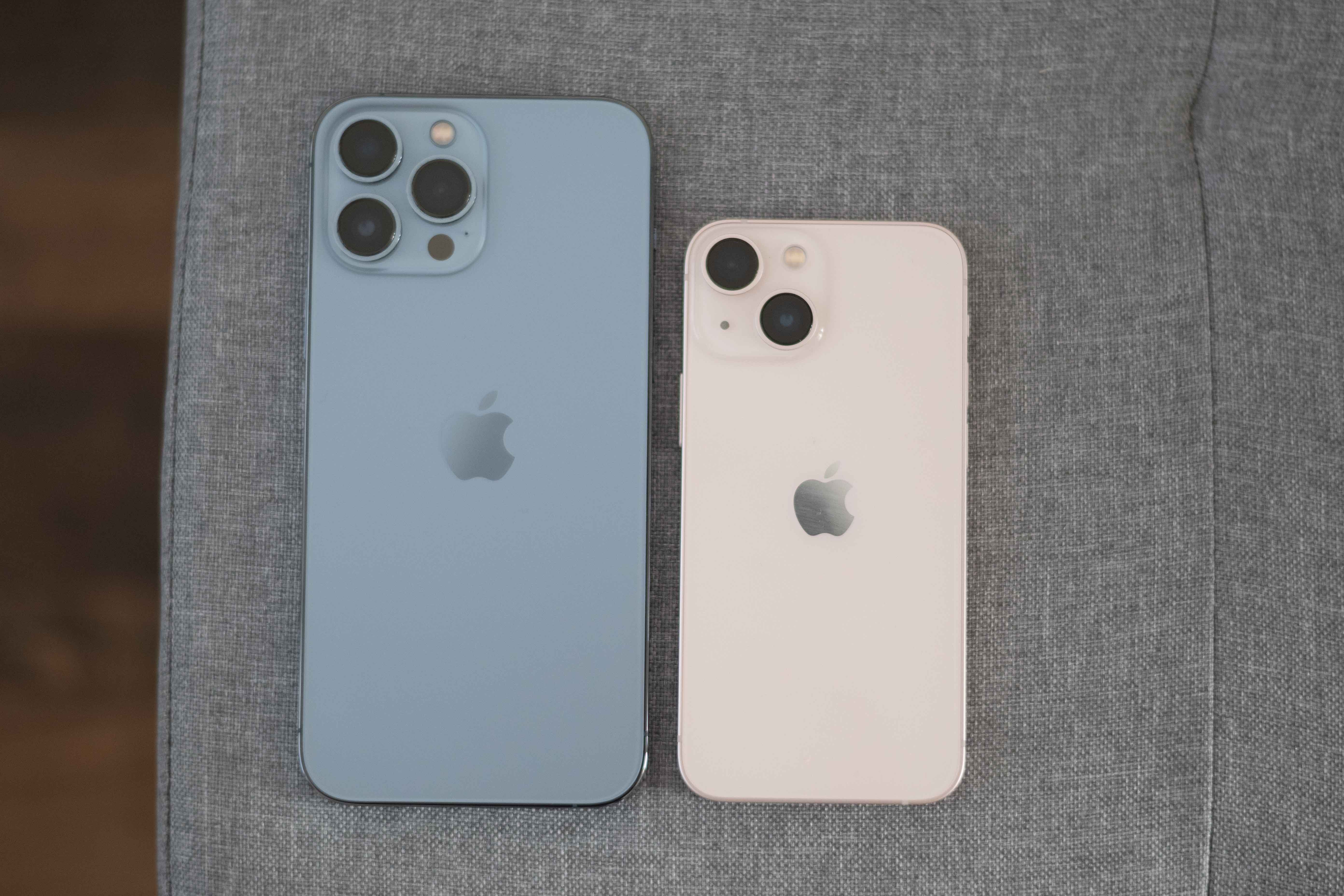
Apple introduced its first iPhone in 2007 and redefined the smartphone market. Through gradual evolution, we reached the iPhone X ten years later. Since then, although Apple's phones have continued to bring evolutionary improvements, they may not be fundamental enough to convince owners of previous generations to upgrade. There are few novelties and the design is still similar.
Samsung is trying its luck with flexible devices. It is indeed a breath of fresh air in the field of smartphones, but in the end it actually just combines two devices – a phone and a tablet, it practically does not bring anything more, because it has nothing. But what should replace smartphones? The most speculation is about smart glasses, but would such a device have the potential to do so?
It is quite possible that in 10 years these wearables will be an integral part of smartphones, which will lose many of their functions at the expense of glasses. Smart watches complement smartphones already today, the Apple Watch in its cellular version can even replace the iPhone in terms of voice communication. They are still very limited, of course, mainly due to their small display.
It could be interest you

Three in one
But I can imagine quite well that we won't have three devices packed with technology, but we will have three devices that will only be able to do a fraction of what they can do today. Each one separately can handle what it is designed for, and when combined with each other, it will be the maximum possible solution. So it is the opposite of current smartphones, which combine everything into one.
So the phone would not have a camera, because it would be represented in the legs of the glasses, which could also stream music directly to our ears. The watch would then not have to have demanding displays and functions and would focus primarily on health requirements. Is this a step backwards? Quite possibly yes, and quite possibly we will see a resolution already this year.
It could be interest you
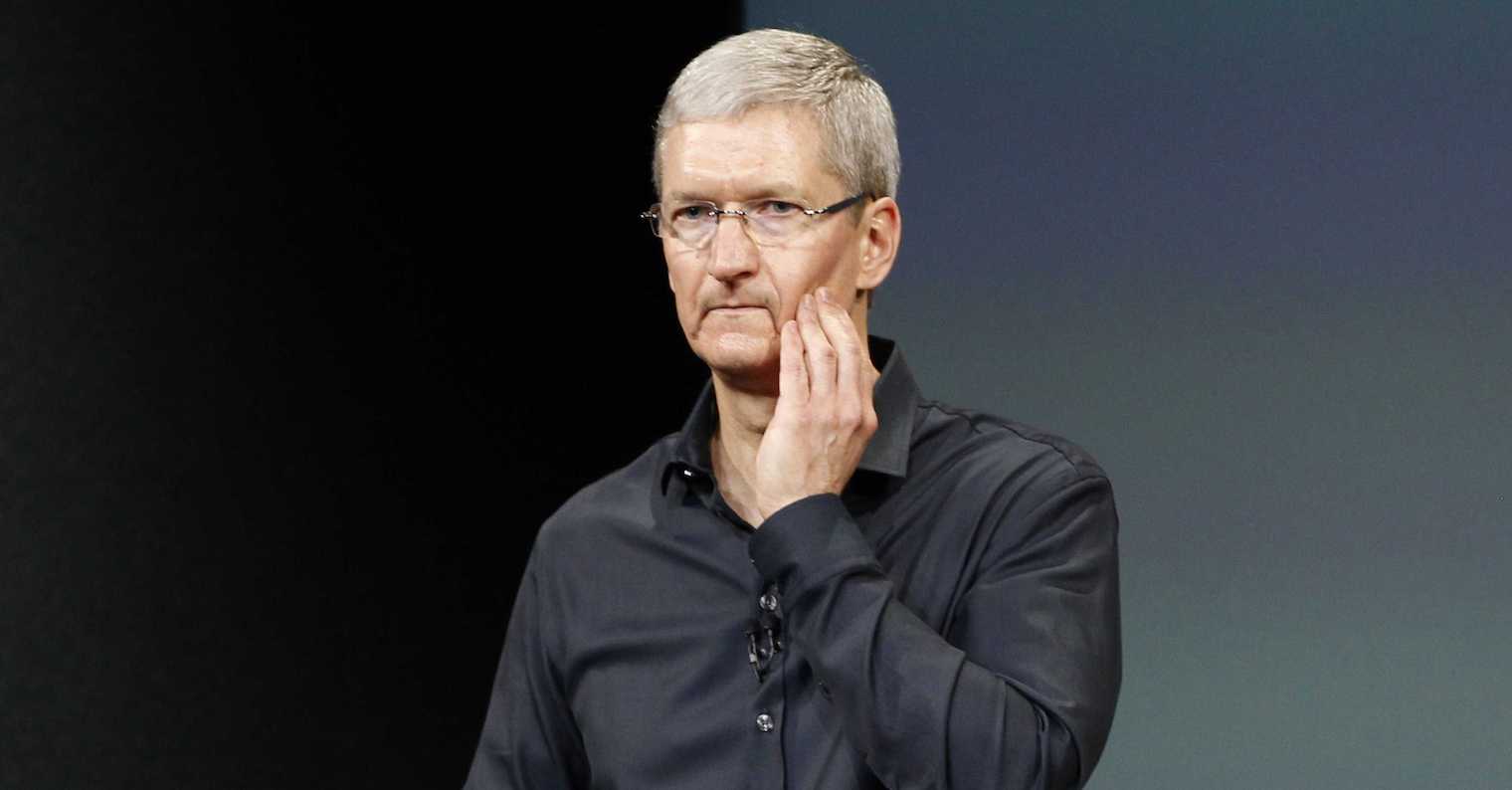
2022 wants to redefine smartphones
O Nothing we already wrote about Jablíčkář. But then only in connection with the company's first product in the form of TWS headphones. But this year we are also expecting the company's first phone, which will bear the name Phone 1. And even if we know practically nothing about it, it should at least be defined by a certain iconic design (that is, probably the transparent one brought by the Ear 1 headphones). Although whether the device becomes an icon remains to be seen.
In any case, the brand is betting on the ecosystem. The device, powered by a Snapdragon chip, will run on Android with the Nothing OS superstructure, even so the company's founder, Carl Pei, is not afraid to compare the upcoming new product with the revolutionary approach of its solution to the first iPhone. After all, even the ecosystem itself is being compared to Apple. Therefore, it is not excluded that a number of other devices will be presented with the phone, which will complement it and divide its functionality. Or is it all just an unnecessarily inflated bubble from which nothing interesting will emerge, to which, with a bit of exaggeration, the company also refers to in its name.
 Flying around the world with Apple
Flying around the world with Apple 


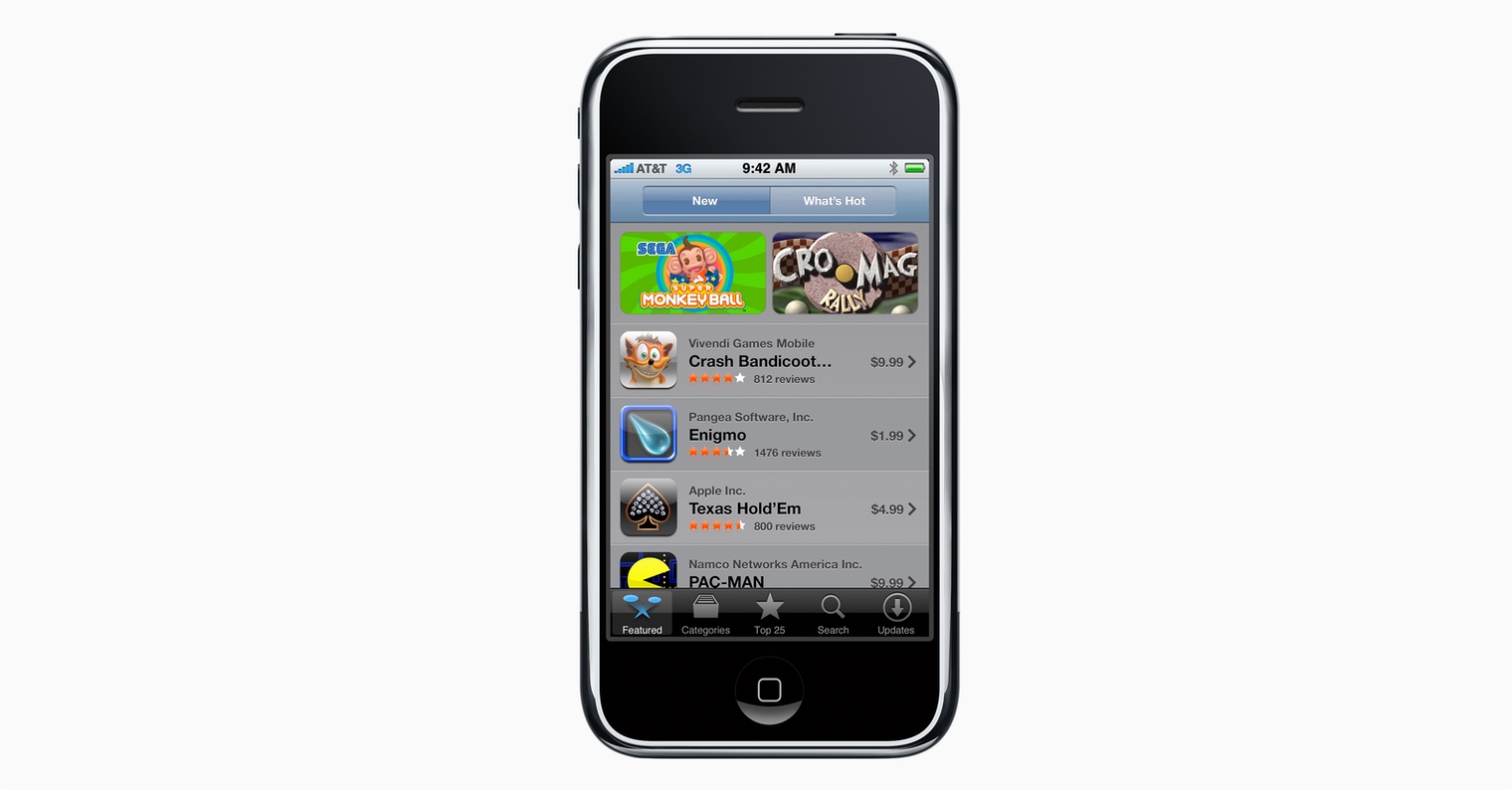




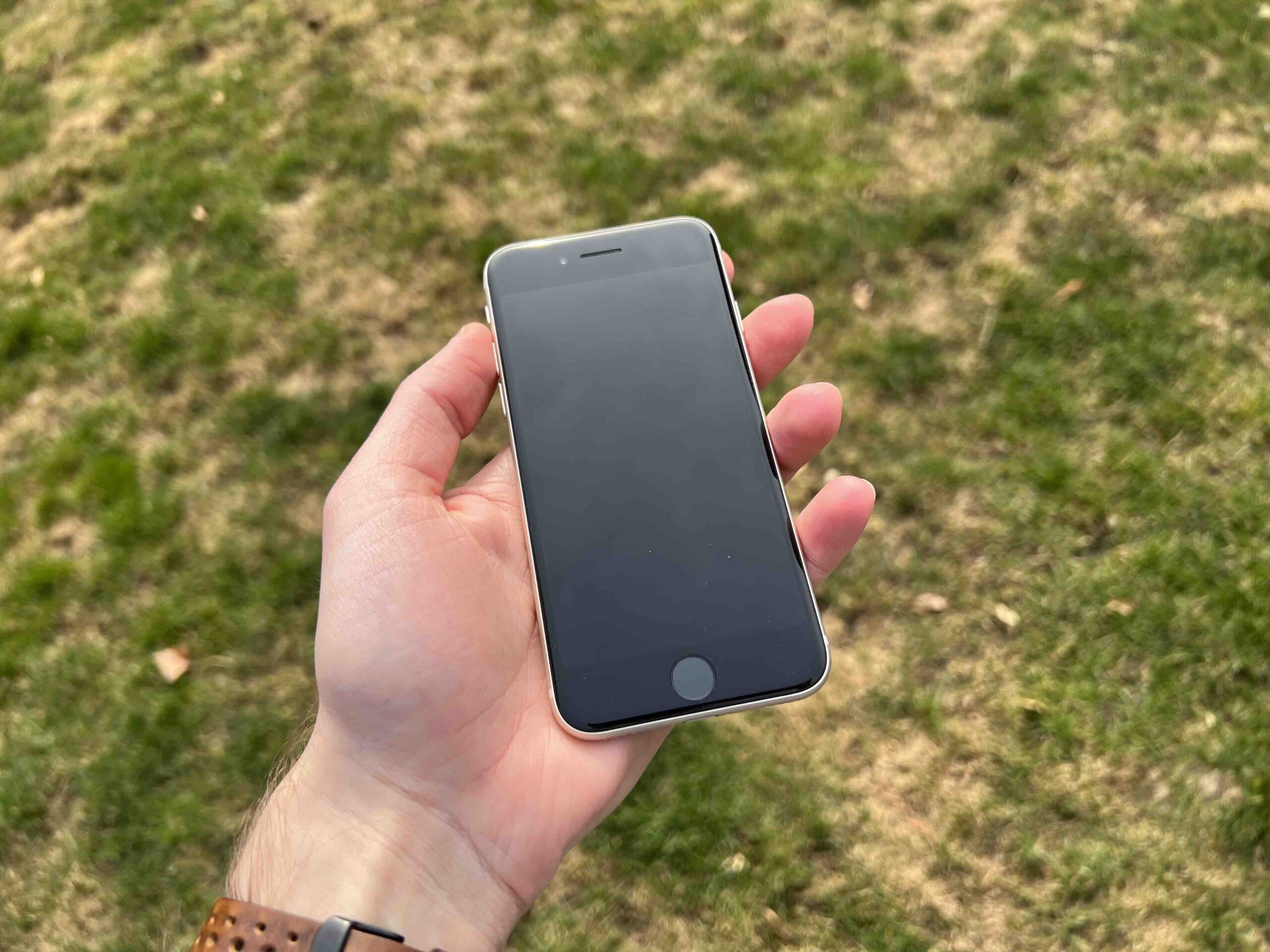
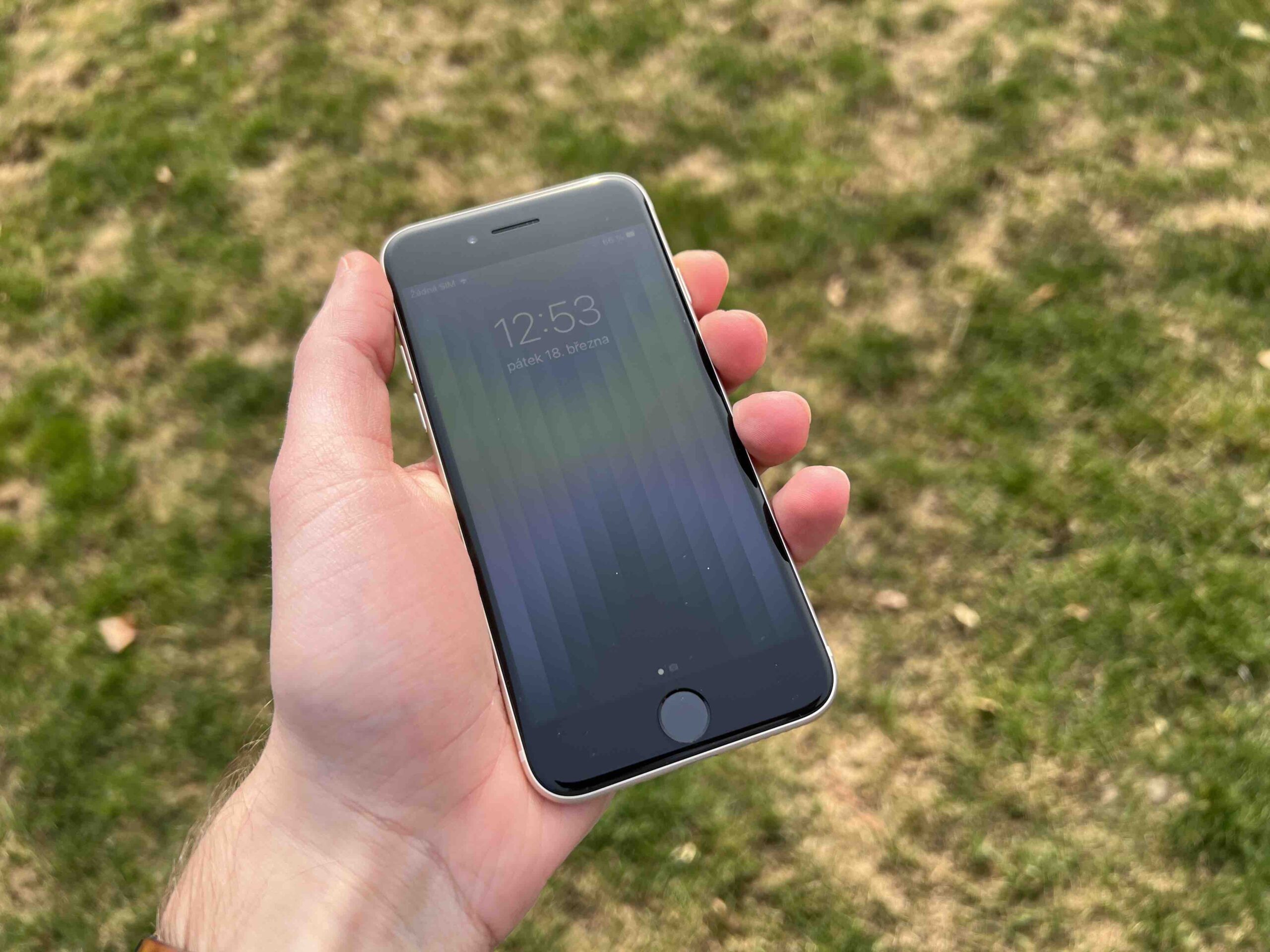

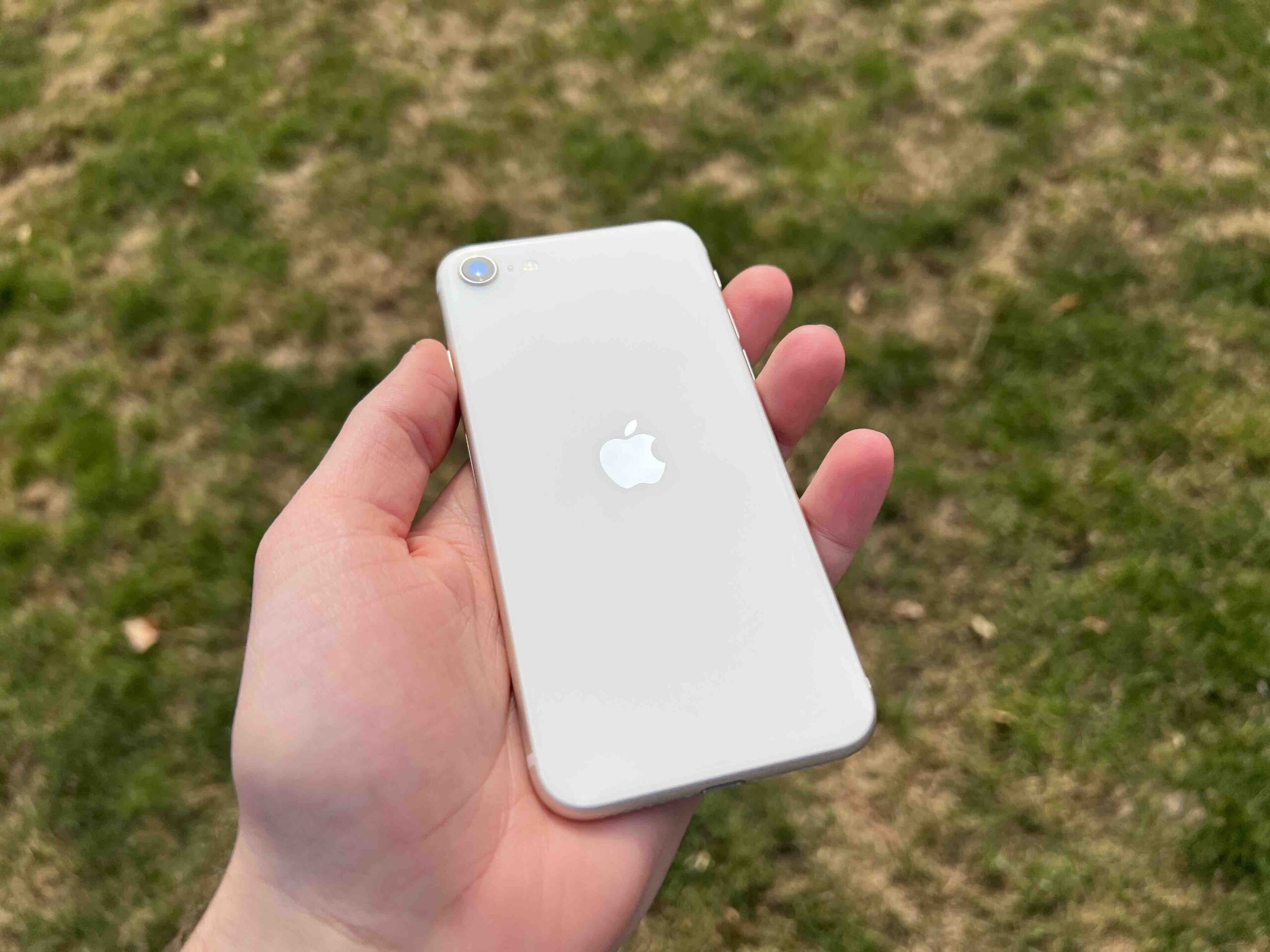
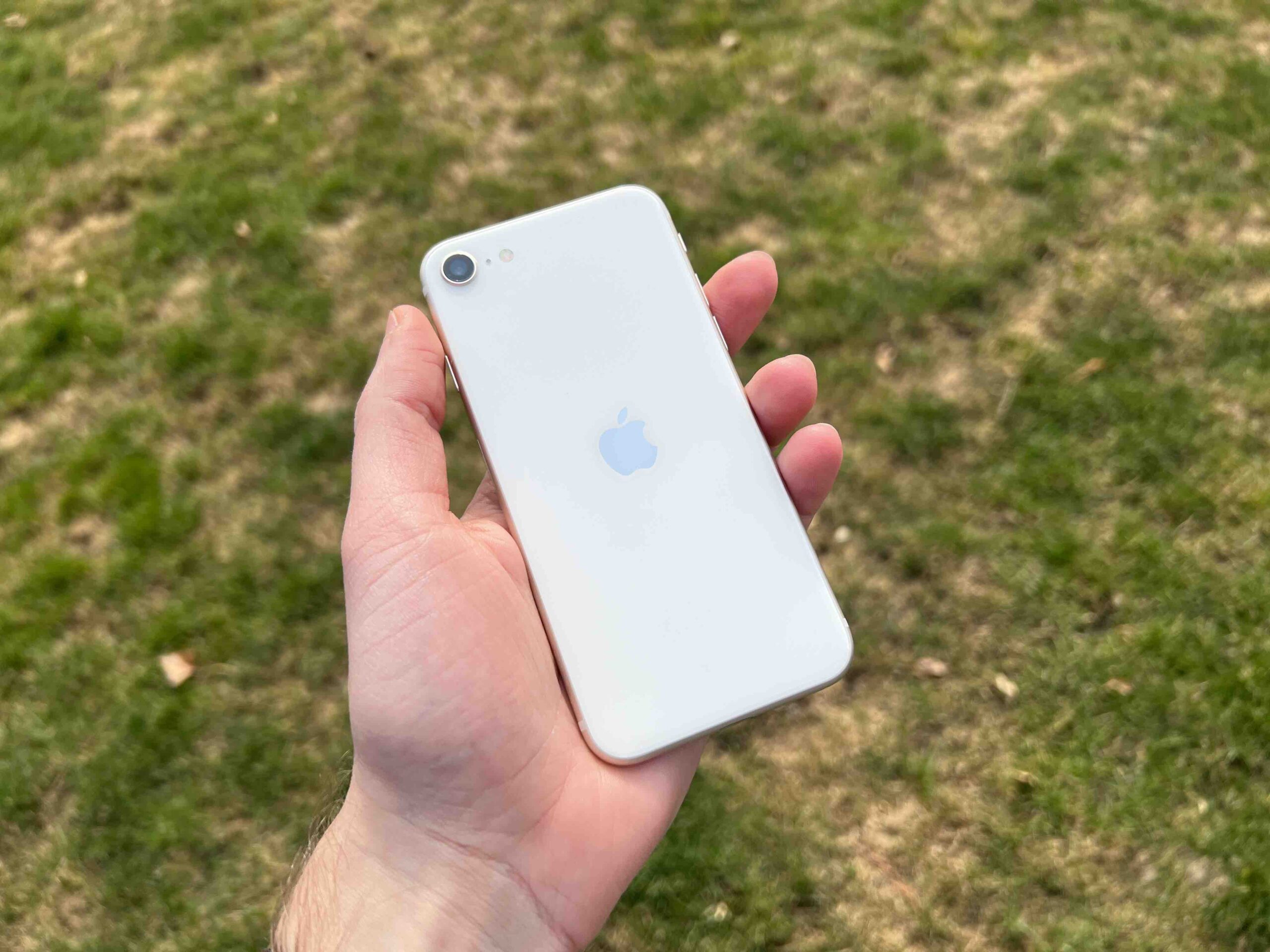
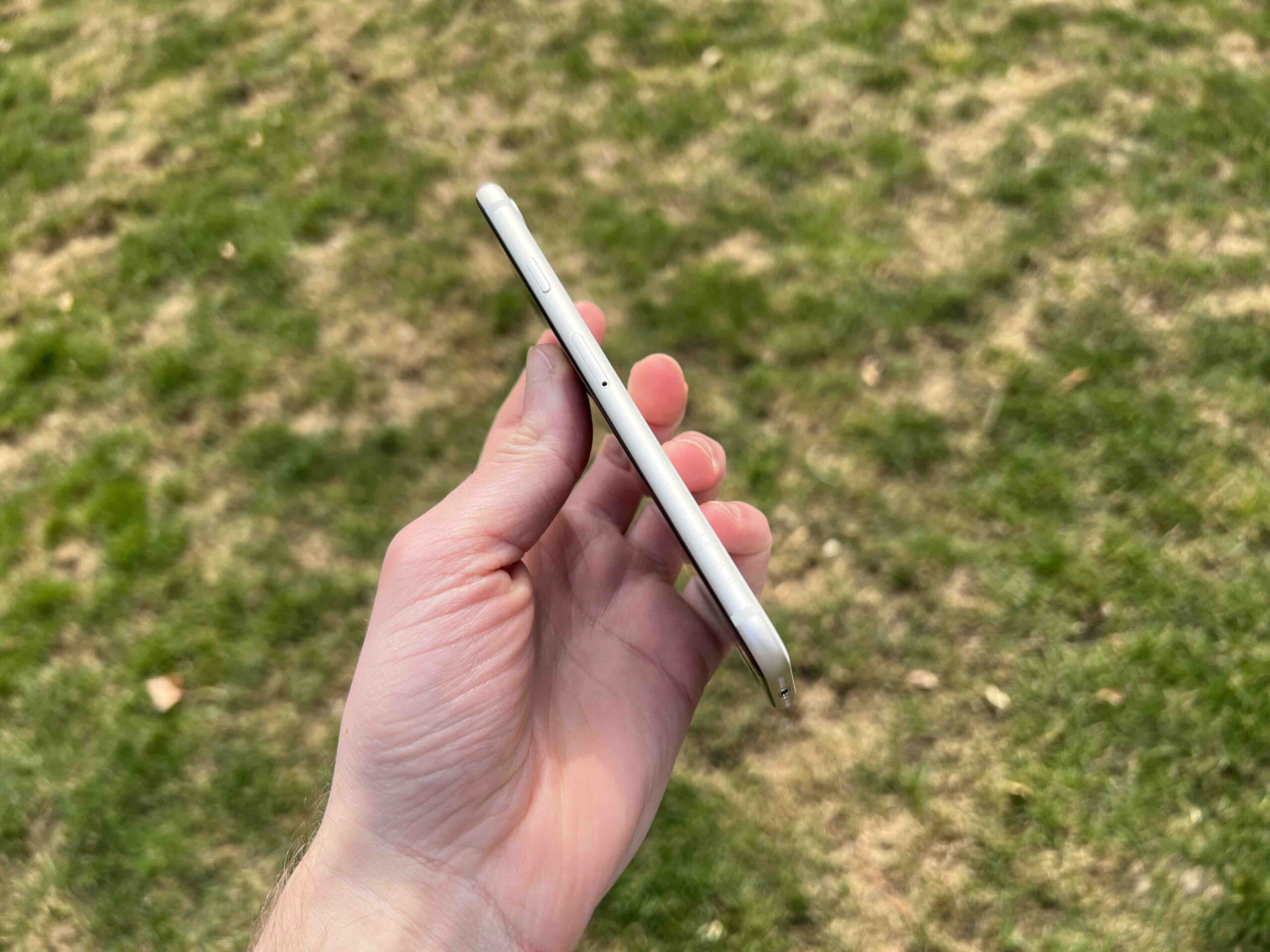
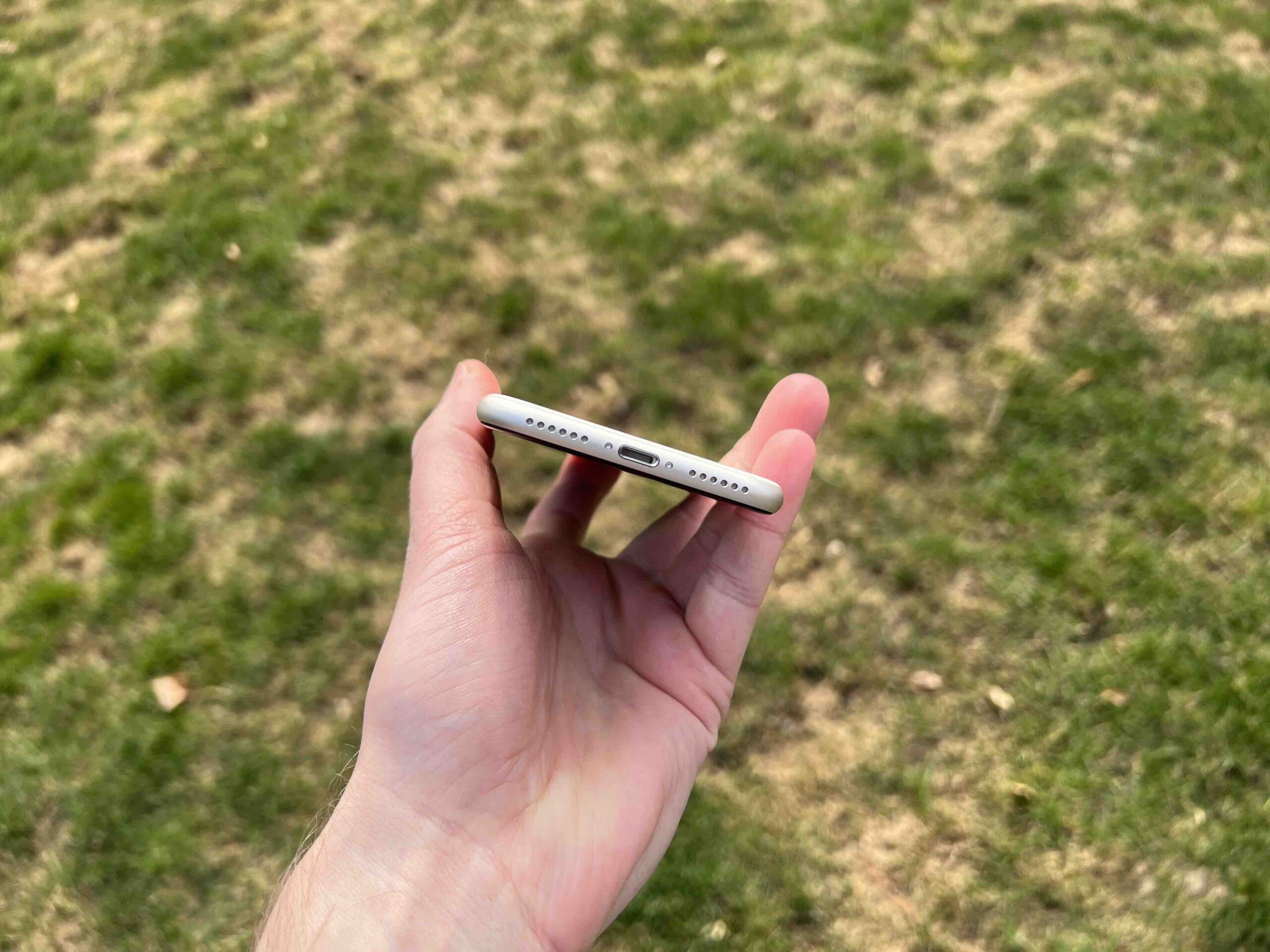
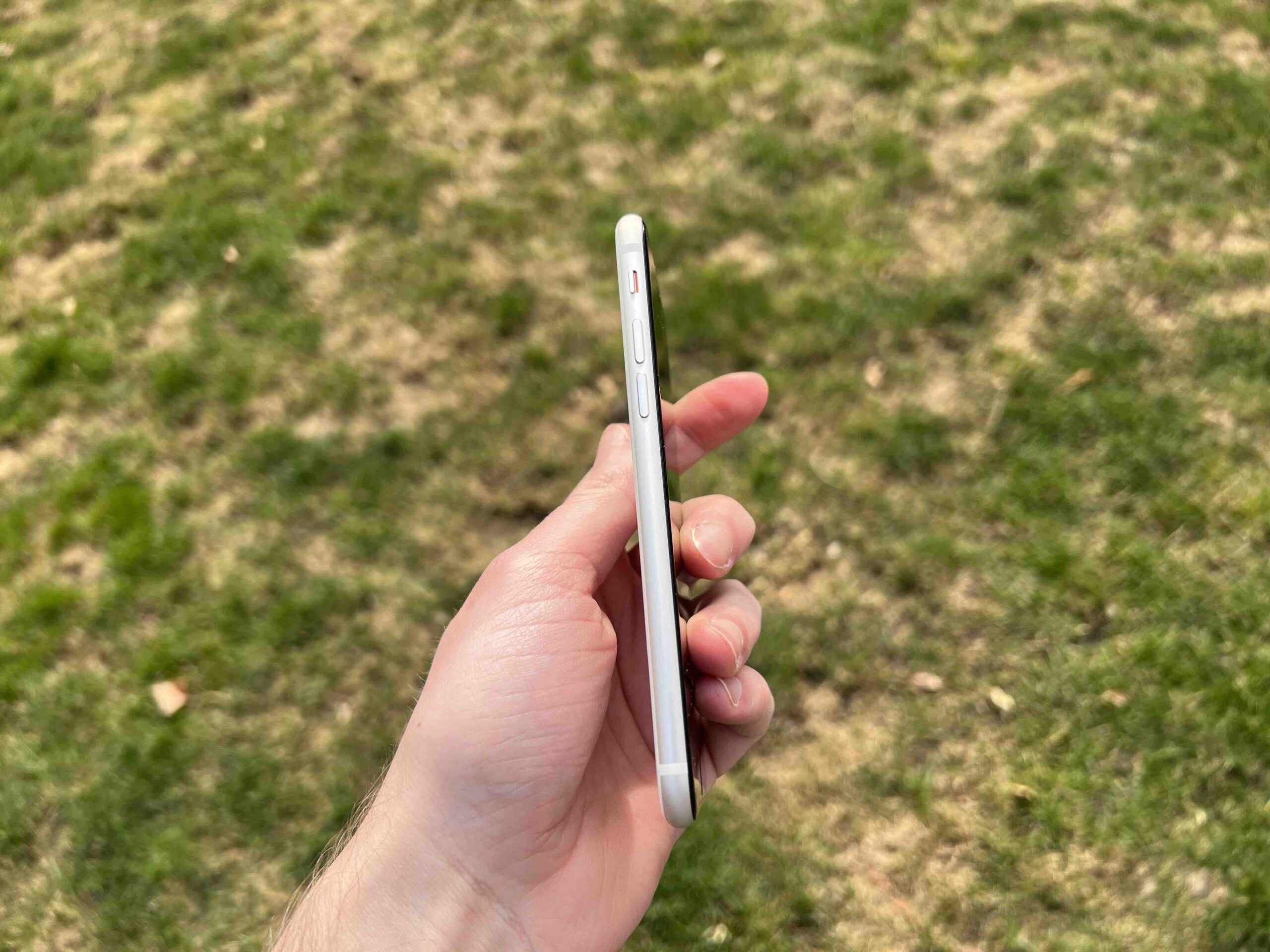
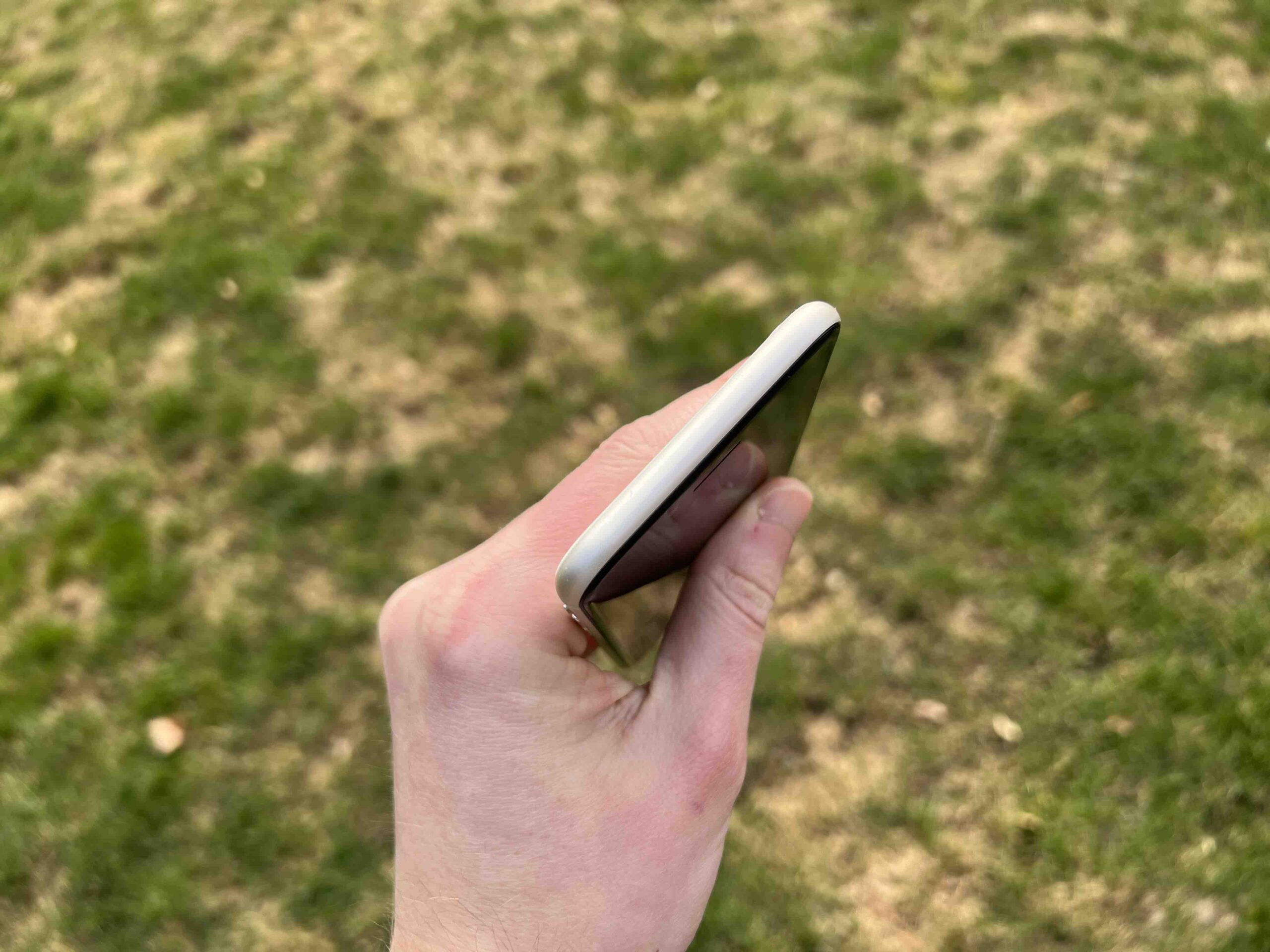
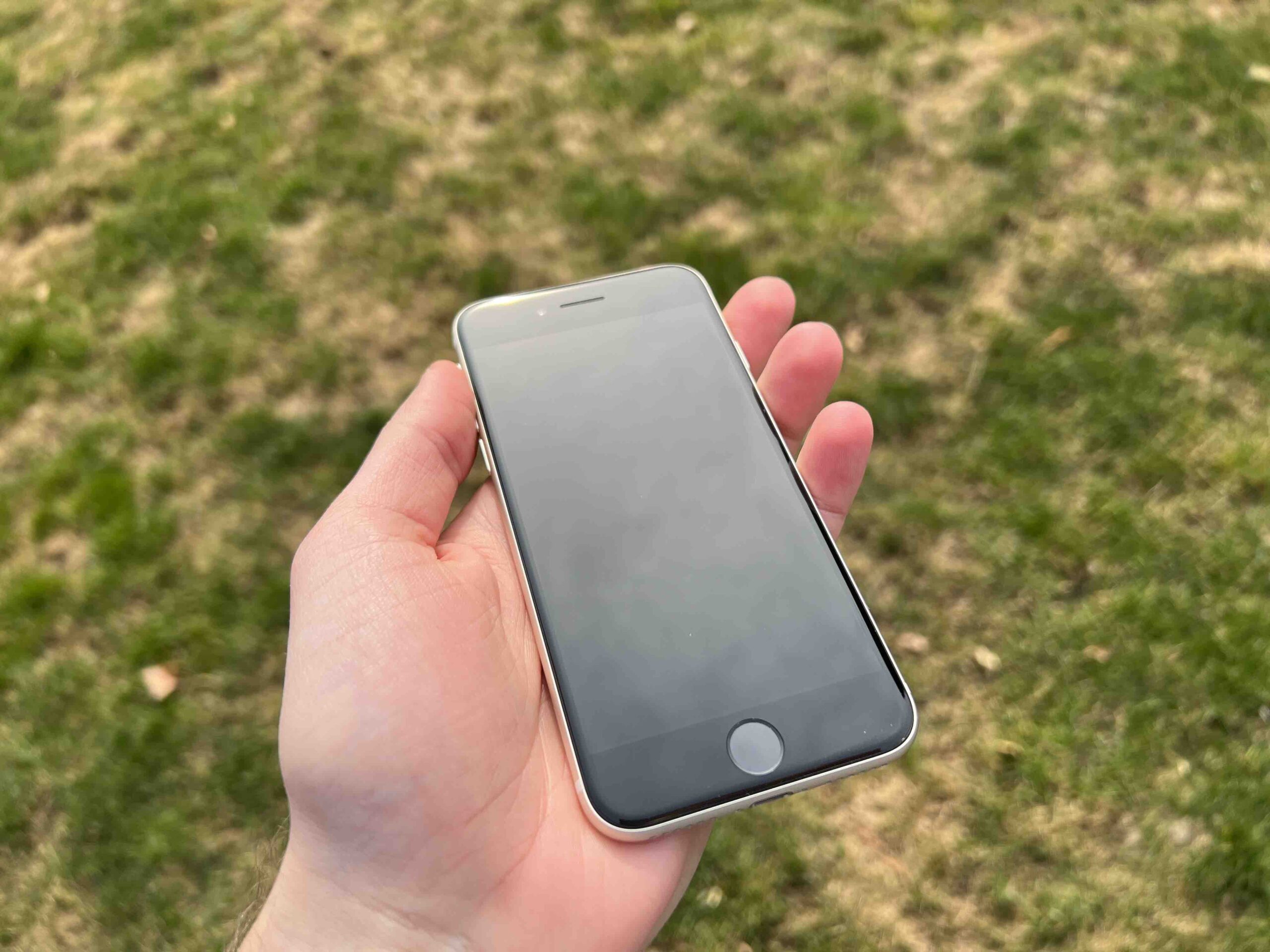
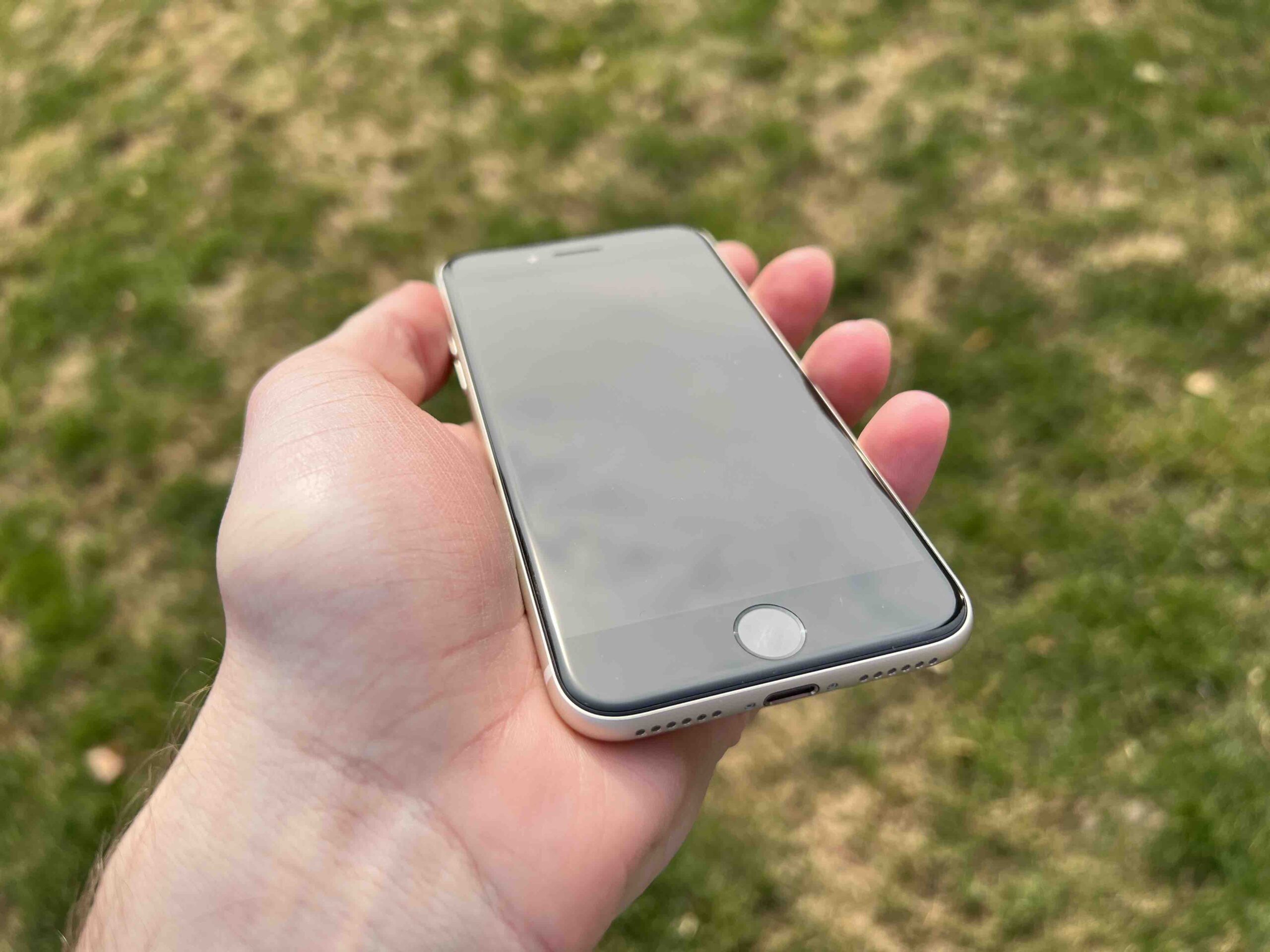
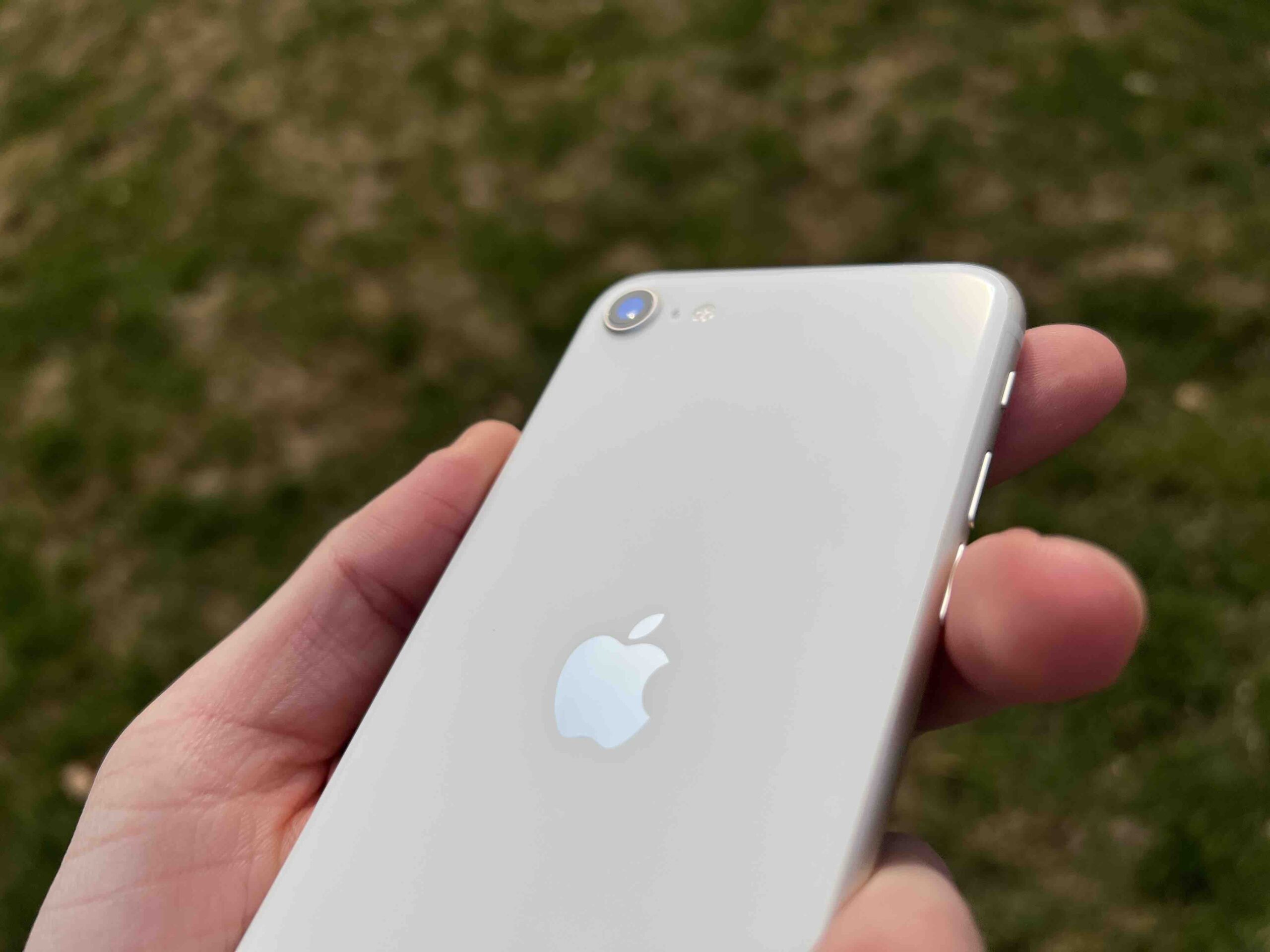
 Adam Kos
Adam Kos 